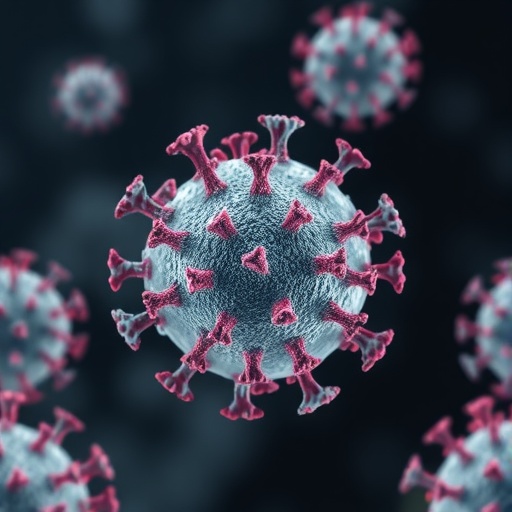
Credit: Eero Haapala
High levels of moderate-to-vigorous physical activity are associated with lower arterial stiffness in 6-8-year-old children, according to a new study from the University of Eastern Finland. No similar association was found for light physical activity. Published in Pediatric Exercise Science, the findings constitute part of the Physical Activity and Nutrition in Children (PANIC) Study carried out in the University of Eastern Finland. The study was conducted in collaboration with the University of Cambridge.
Increased arterial stiffness indicative of the development of cardiovascular disease can begin already in childhood. The study investigated the associations of objectively measured physical activity and sedentary time with arterial stiffness among 136 Finnish 6-8-year-old children. Physical activity and sedentary time were assessed using a combined heart rate and movement sensor. Arterial stiffness was measured using pulse contour analysis based on photoplethysmography. Various confounding factors including diet quality, body fat percentage and sleep length were controlled for in the analyses.
The study found that children with less moderate-to-vigorous daily physical activity had stiffer arteries.
The intensity of physical activity is described using MET values, expressing the energy cost of physical activities. The study found that the threshold value for sufficient exercise was 68 minutes of physical activity at the level of at least 5 METs, and 26 minutes of physical activity at the level of at least 6 METs. Children with physical activity below the threshold values had increased arterial stiffness. Examples of moderate-to-vigorous physical activity include games involving running, ball games, gymnastics and dance.
Differences in arterial stiffness were due to differences in moderate-to-vigorous physical activity, not light physical activity or sedentary time.
"It seems that the positive effects of physical activity on arterial stiffness require sufficient cardiovascular strain, and light physical activity does not provide that kind of stimulus. Moderate-to-vigorous exercise can also counterbalance the effects of sedentary time," says Dr Eero Haapala, PhD, from the University of Eastern Finland.
The study found that moderate-to-vigorous physical activity was associated with better arterial health already in childhood. According to various exercise recommendations, children need diverse physical activity every day, and at least 60 minutes should be moderate-to-vigorous physical activity.
###
For more information, please contact:
Dr Eero Haapala, PhD, Institute of Biomedicine/Physiology | University of Eastern Finland tel. +358 40 725 4025| email. [email protected] |
The Physical Activity and Nutrition Study | http://www.uef.fi/en/web/physical-activity-and-nutrition-in-children/home
Research article:
Haapala EA, Väistö J, Veijalainen A, Lintu N, Wiklund P, Westgate K, Ekelund U, Lindi V, Brage S, Lakka TA. Associations of objectively measured physical activity and sedentary time with arterial stiffness in pre-pubertal children. Pediatric Exercise Science 2017. doi: 10.1123/pes.2016-0168
http://journals.humankinetics.com/doi/abs/10.1123/pes.2016-0168
Free full text (Authors version): https://childhoodactiveliving.files.wordpress.com/2016/02/2017_pes_haapala-et-al-physical-activity-and-arterial-stiffness.pdf
Media Contact
Eero Haapala
[email protected]
358-407-254-025
@UniEastFinland
http://www.uef.fi





